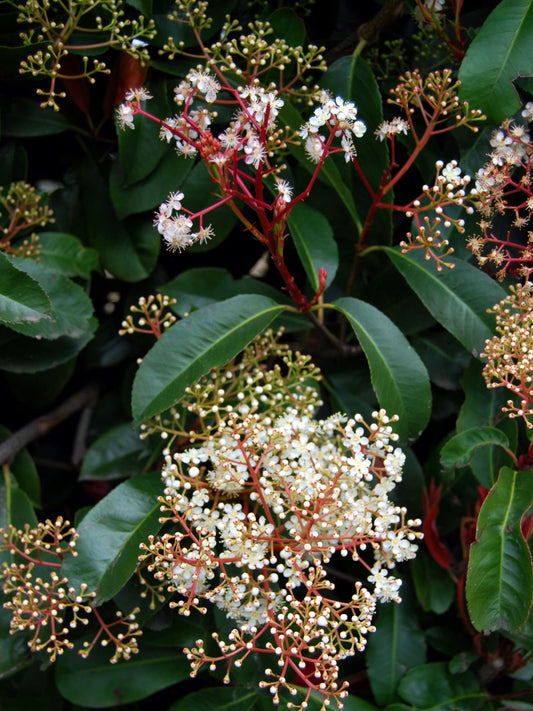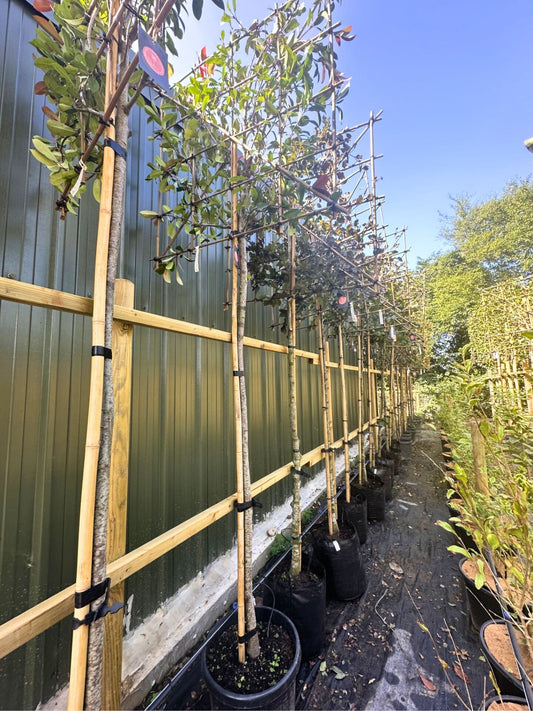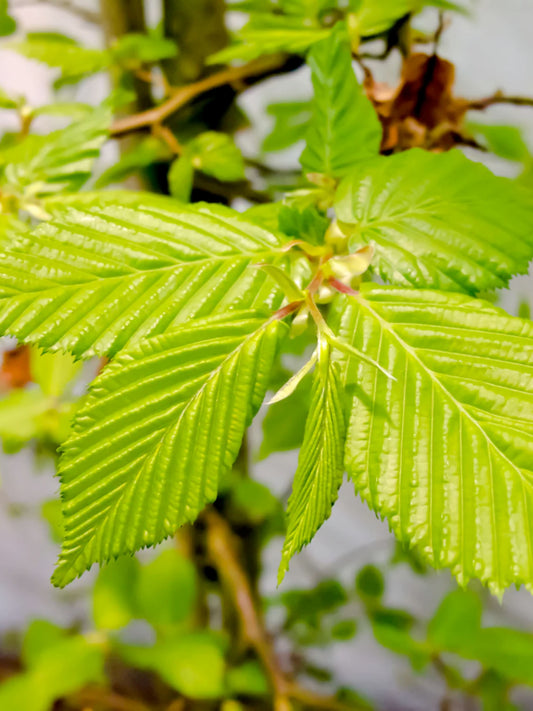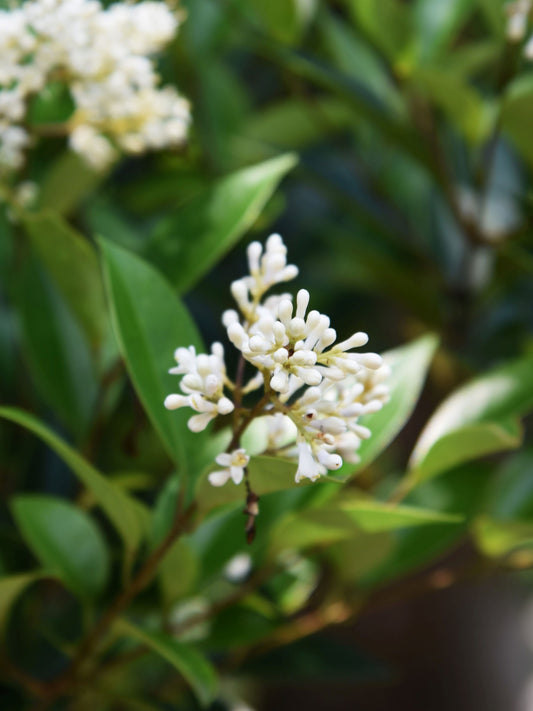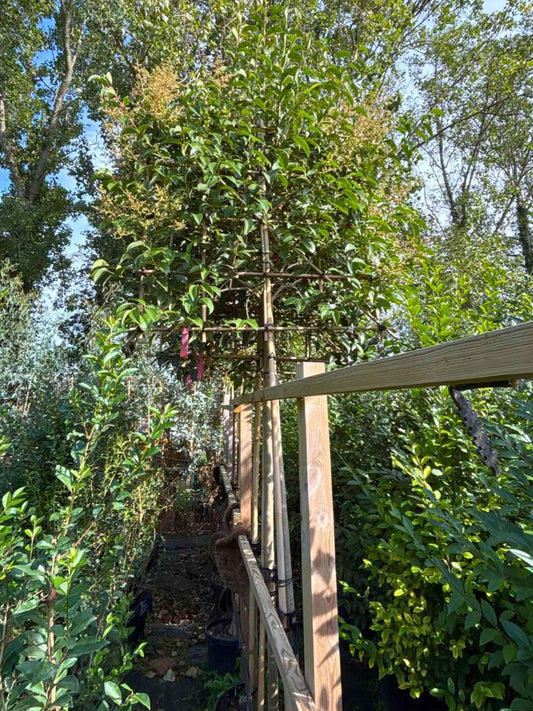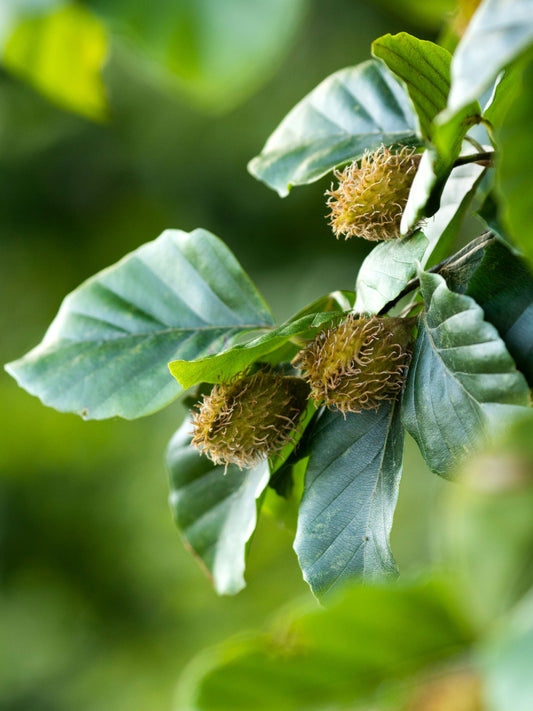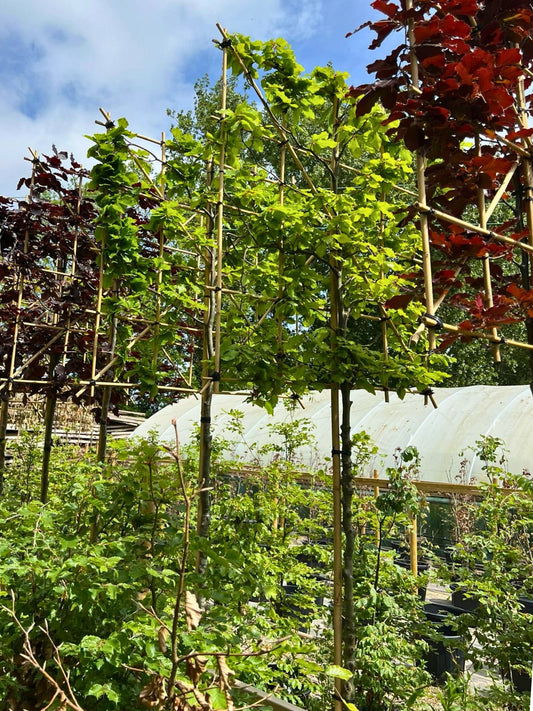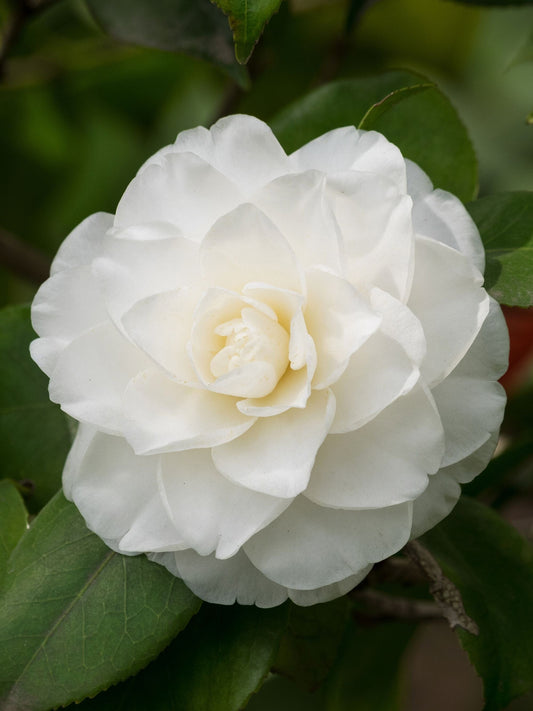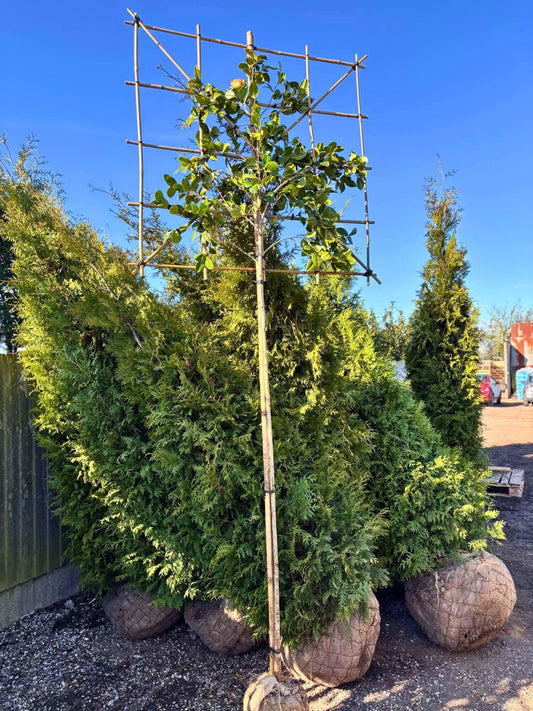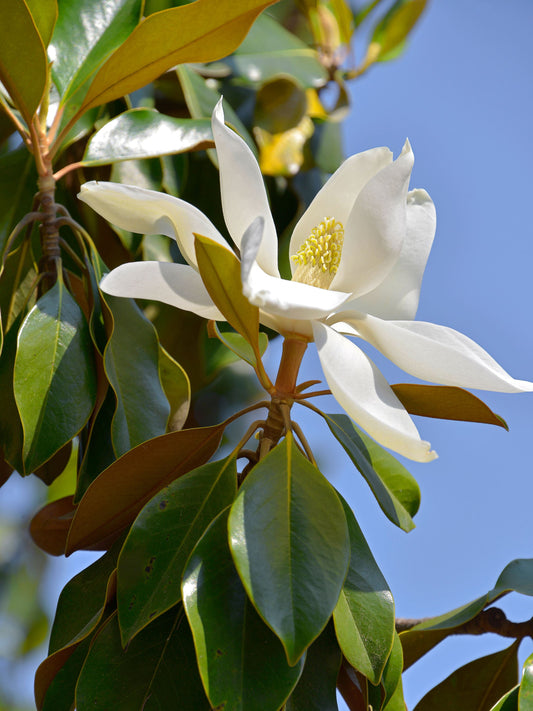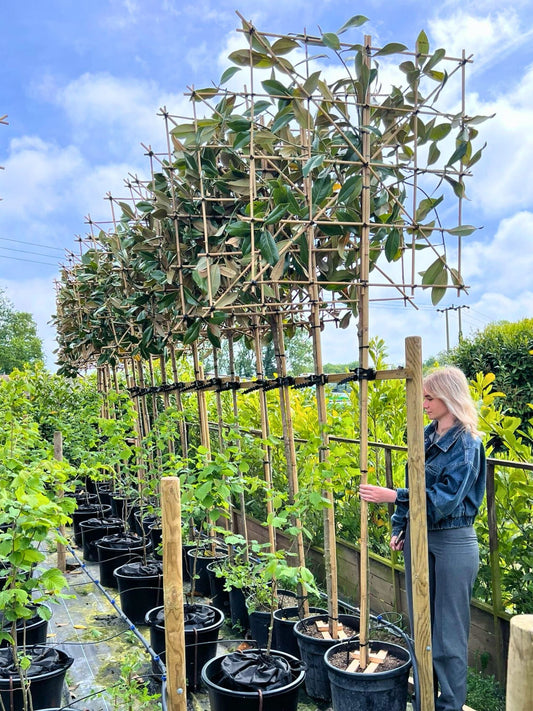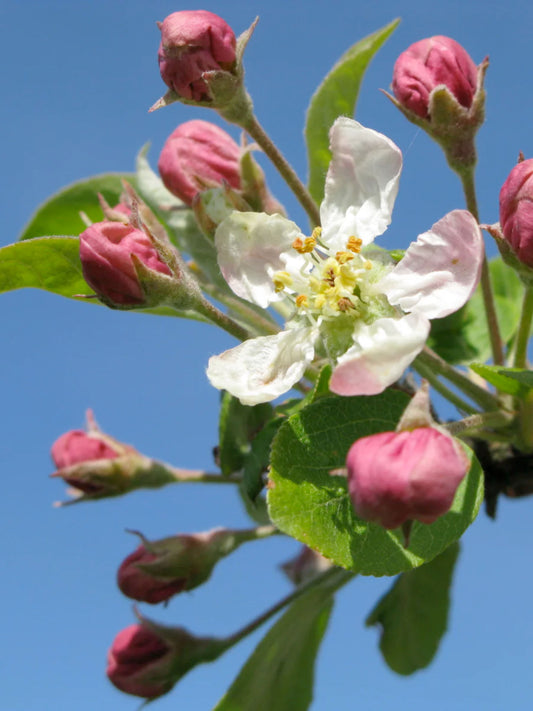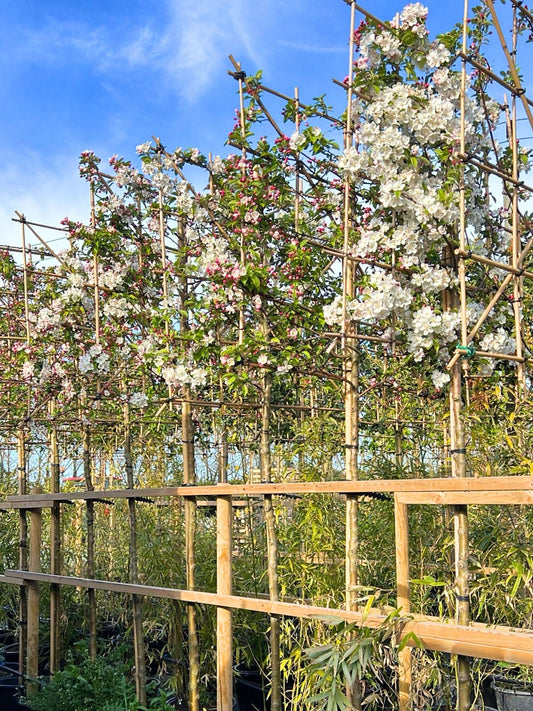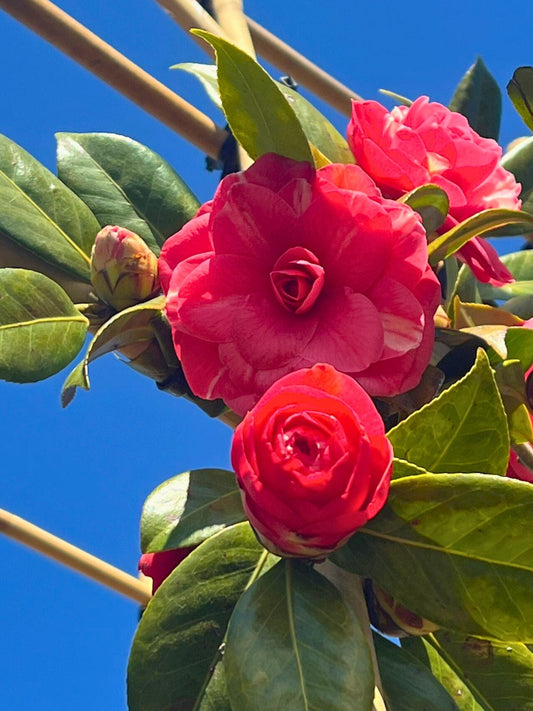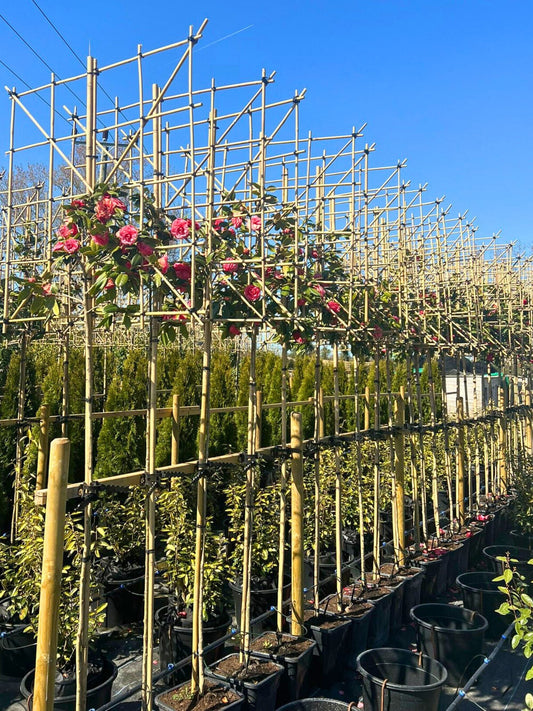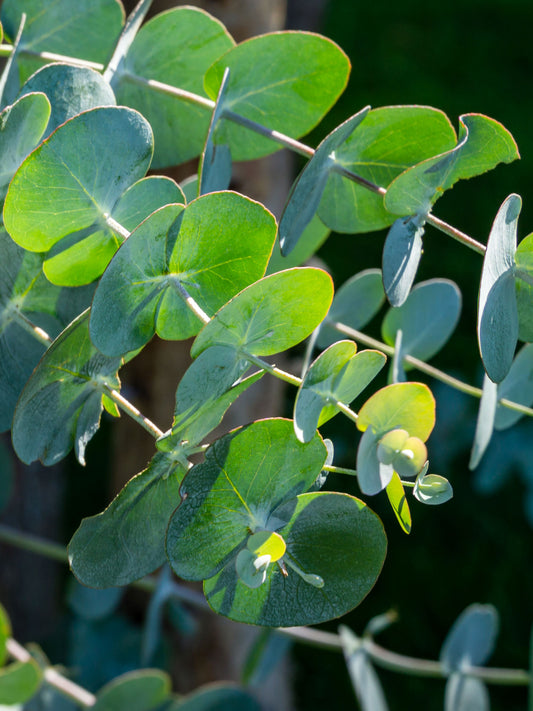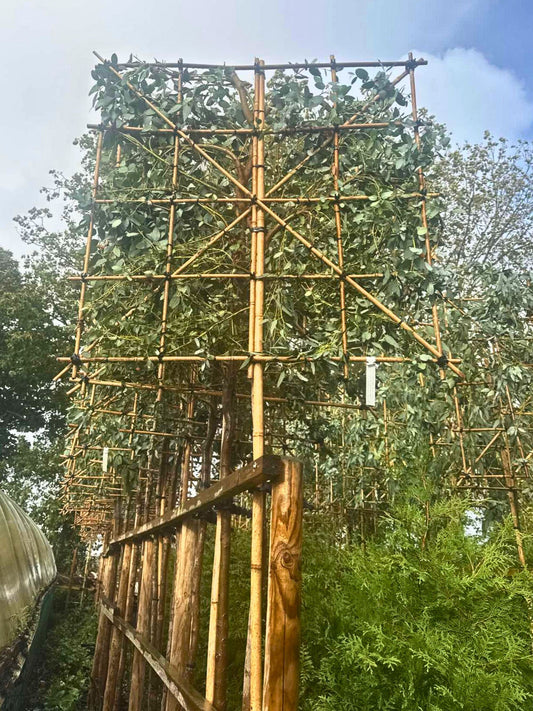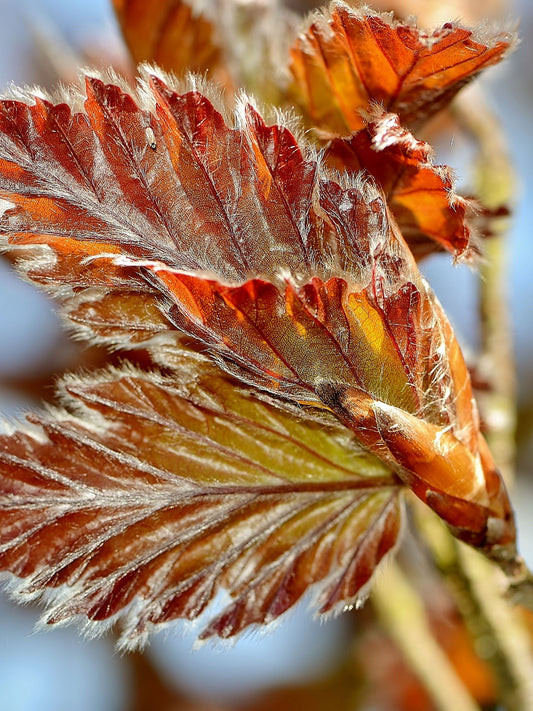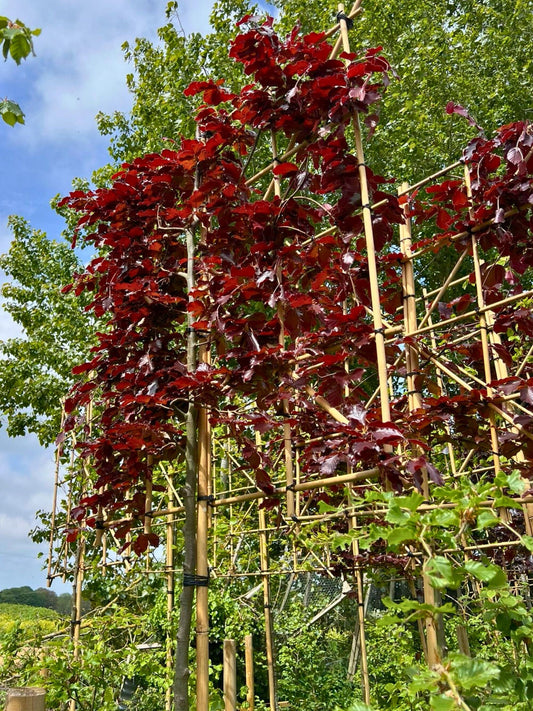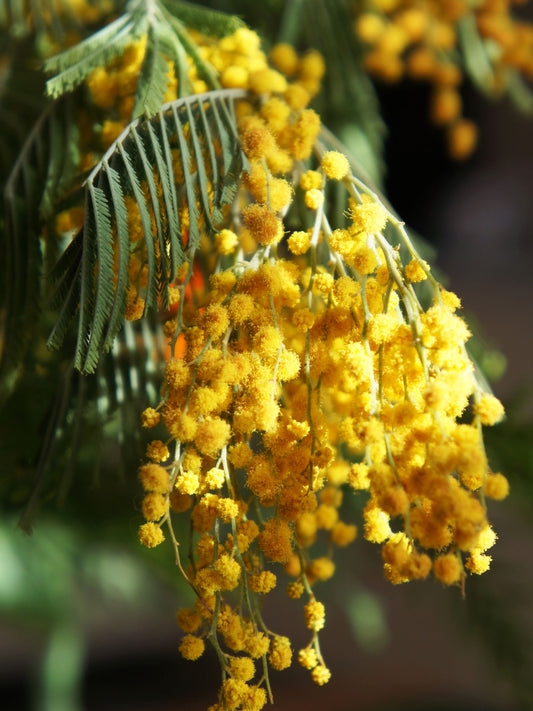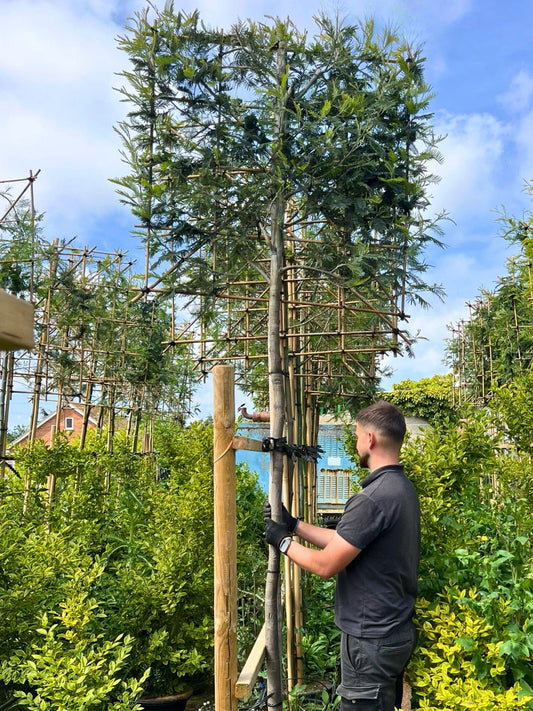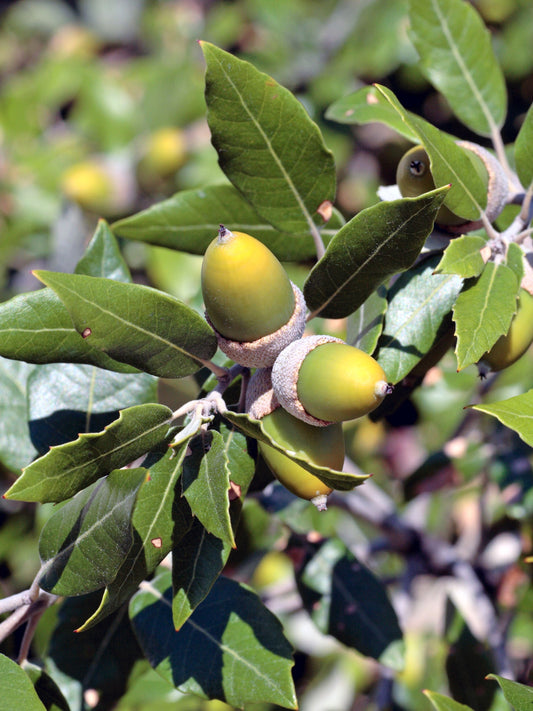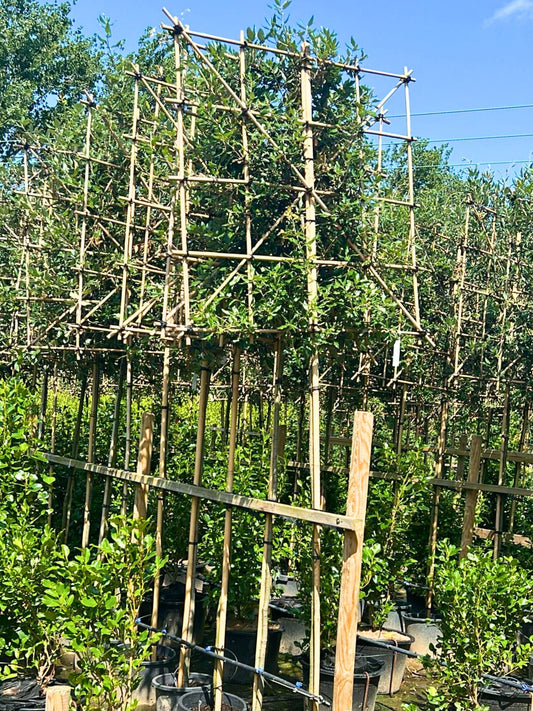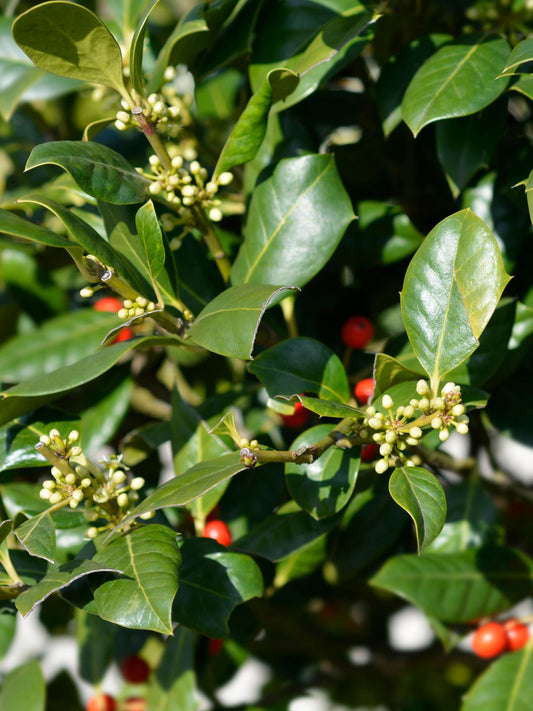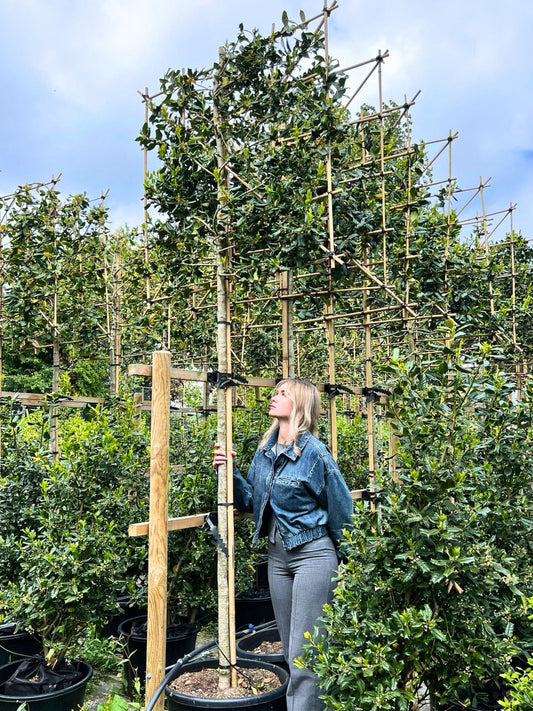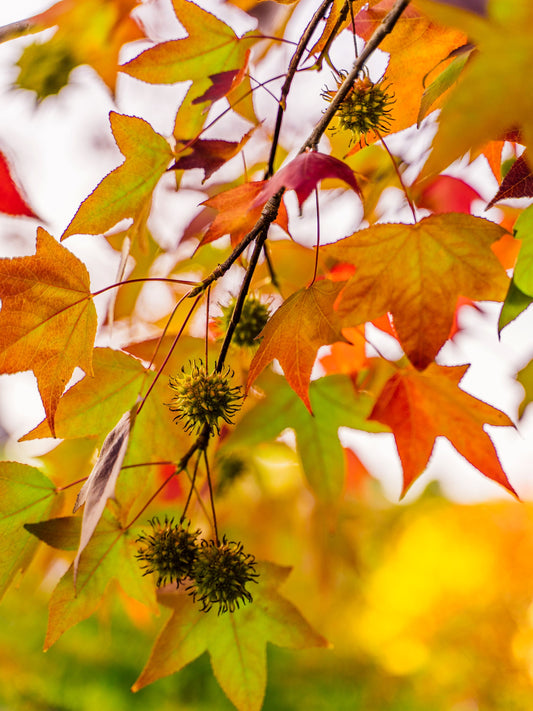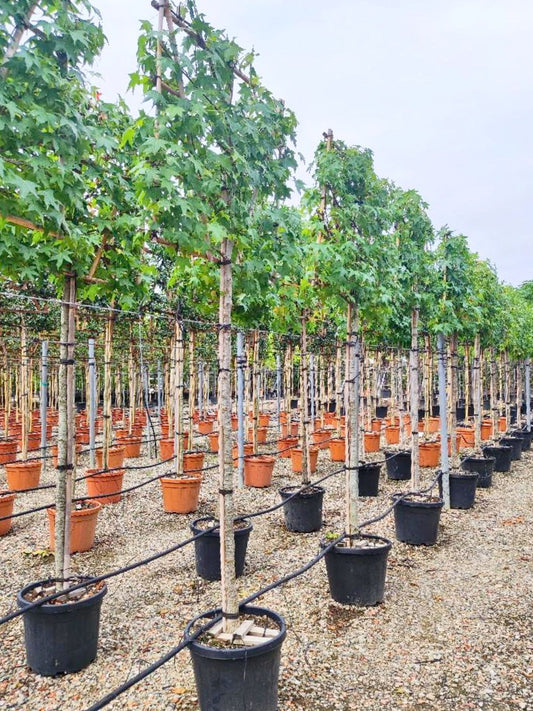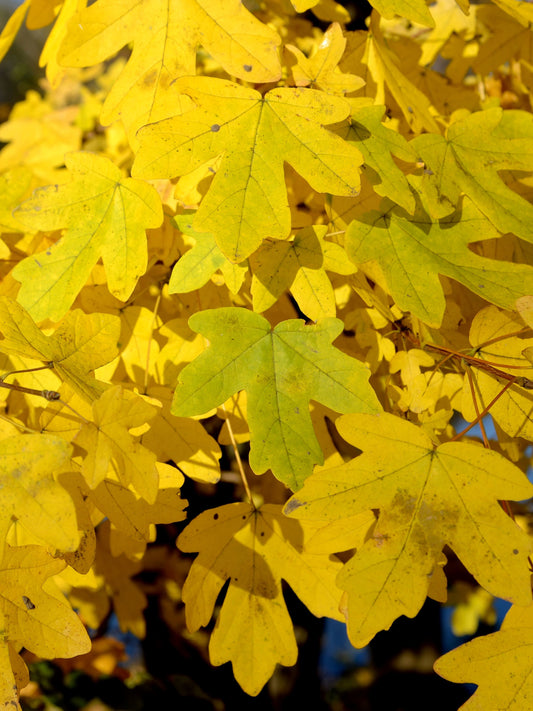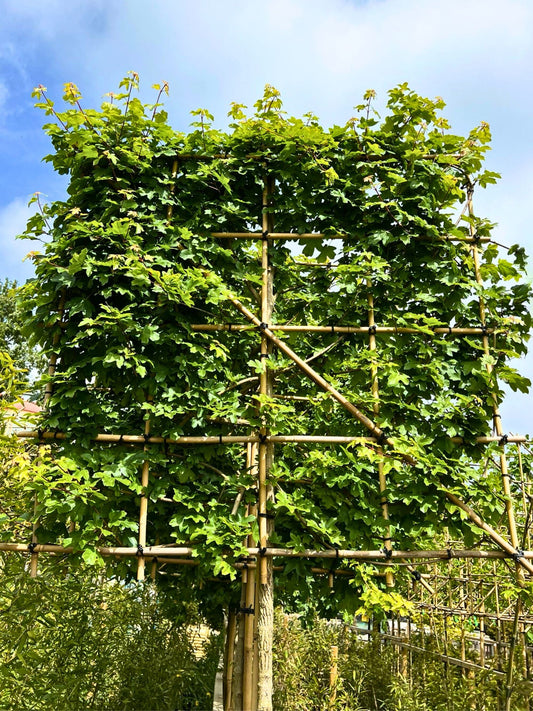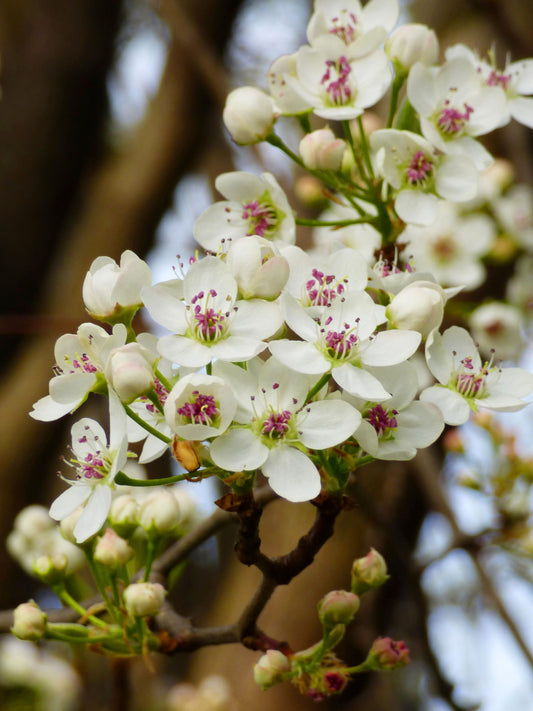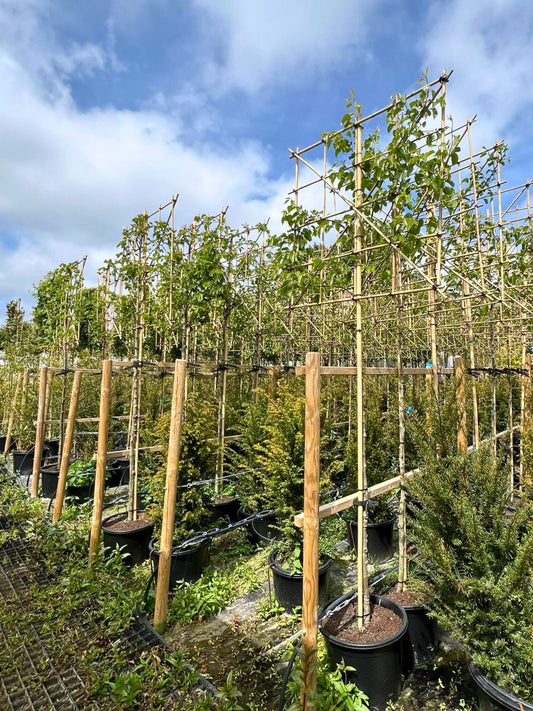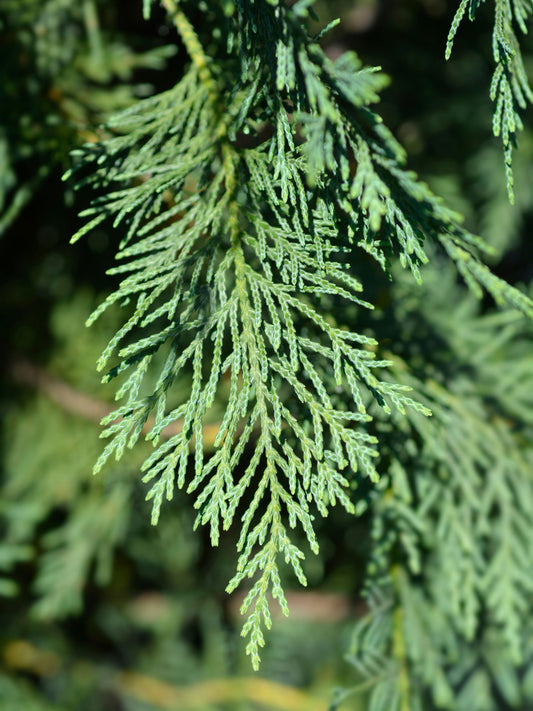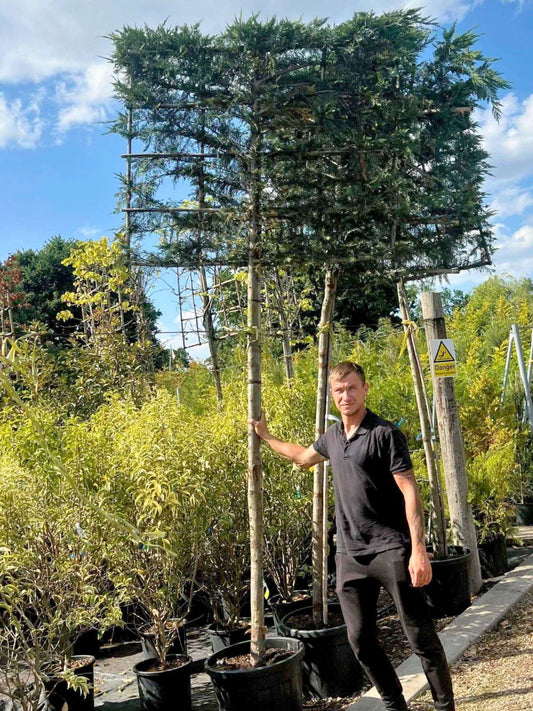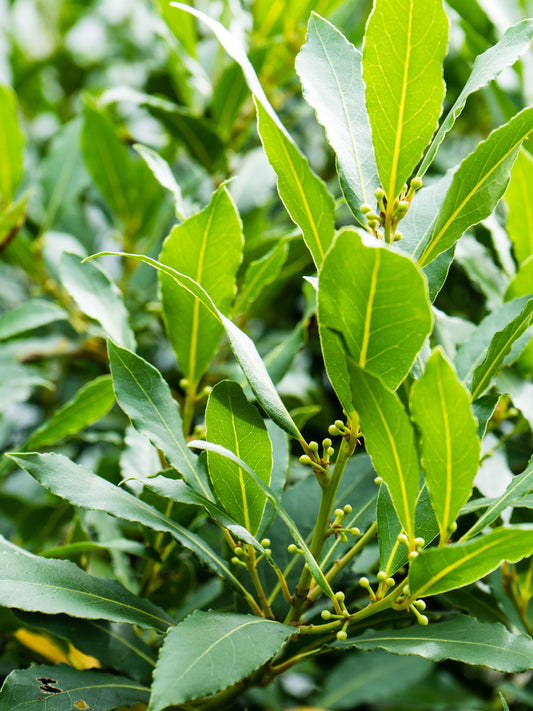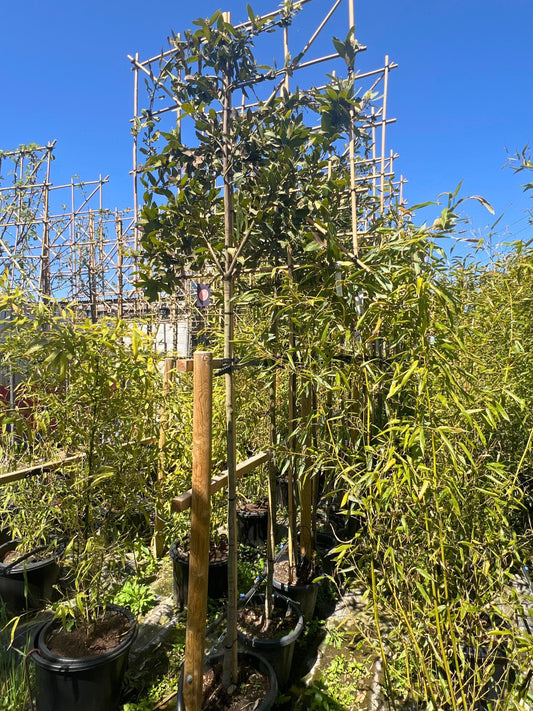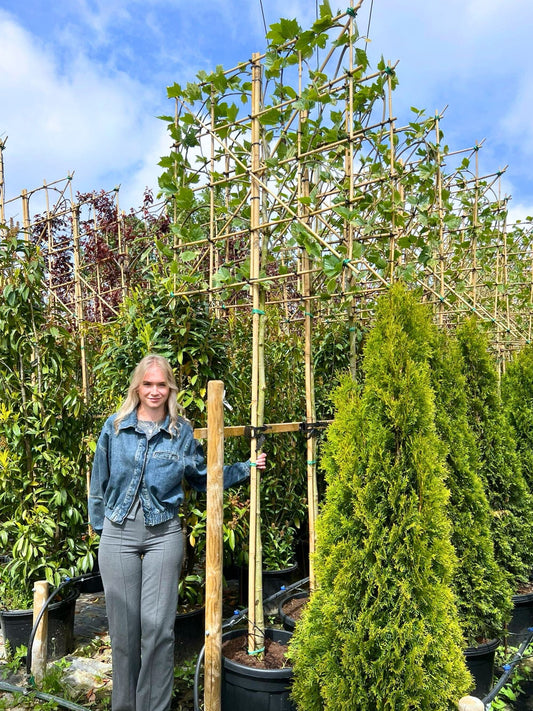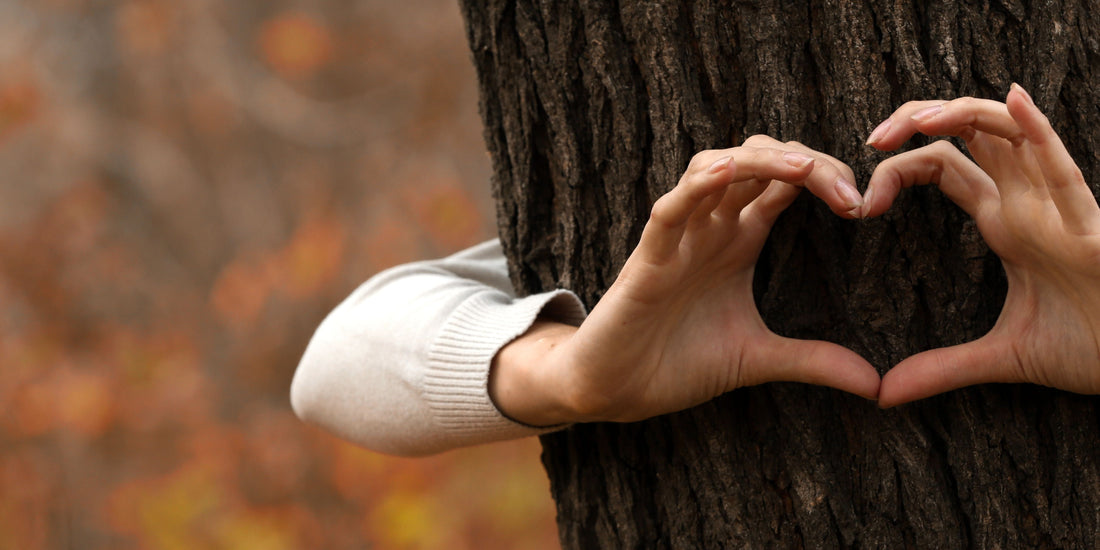
Help! My Tree's Leaves Are Turning Brown: A Guide to Common Problems
Noticed something off with your tree? Maybe some brown leaves? It can be frustrating when plants don’t establish well. Common symptoms include yellow or brown leaves. Don’t worry, most of these issues can be fixed with a little TLC and don’t necessarily mean you will lose the plant. Often, environmental factors like watering, drainage, and wind are the culprits. Let’s walk you through some common problems and how you can help your tree thrive!
Common Problems and How to Address Them
Brown, Yellow, Curling, Droopy, or Wilting Leaves Shortly After Planting
- Cause: Stress from adjusting to a new environment.
- Solution: This is known as transplant shock and can cause newly planted trees to look a little sorry as they settle in. Keep the soil moist but well-draining, maintain good watering (especially in the critical first two years), and avoid disturbing the roots.
- No need for concern: A little drooping after planting is completely normal. With steady care and balanced watering, your tree should perk up within a few weeks.
Brown Leaves
- Causes: Drought, wind damage, or waterlogging.
-
Solution: Ensure consistent watering, protect from strong winds, and check soil drainage.
- No Need for Concern: Brown leaves on deciduous trees are part of the natural process of change in the autumn, as seen in species like Hornbeam or Beech.
Yellow Leaves
- Causes: Nutrient deficiency or overwatering.
-
Solution: Replace any overtight ties and apply a balanced fertiliser (once in spring and once in autumn is ideal). Adjust watering practices as needed.
-
No Need for Concern: Occasional yellowing on evergreen trees is often part of their natural leaf renewal. For evergreen species like Holly [Ilex 'Nellie R. Stevens'], this usually takes place in late spring or early summer. Deciduous trees such as Field Maple may also turn yellow in autumn as part of their natural cycle.
Droopy or Wilting Leaves
-
Causes: Watering issues
- Solution: If the leaves are droopy and crispy, it may be a sign of underwatering. Dry soil can cause leaves to wilt or turn brittle, so water thoroughly and regularly, especially during warm, dry spells. Newly planted trees often need more water than expected, particularly in dry conditions. If the leaves are droopy and yellow or feel spongey, overwatering could be the issue. Saturated soil can suffocate roots, so monitor moisture levels and adjust watering as needed.
- No Need for Concern: With steady care and balanced watering, your tree should perk up within a few weeks.
Powdery White Coating on Leaves
- Causes: Powdery mildew, a fungal infection that often develops in warmer, humid conditions with poor air circulation or overwatering.
- Solution: Improve airflow, increase light and sun exposure, and avoid overwatering. If the problem persists or is very widespread, apply a fungicidal spray specific to powdery mildew.
- No Need for Concern: Common in late summer and autumn, small patches of powdery mildew are typically cosmetic, generally only affecting the tree's appearance and not its long-term health.
Holes in Leaves
-
Causes: Insect damage or environmental factors.
Solution: Check the undersides of leaves and along stems for signs of pests like caterpillars, beetles, or aphids. If pests are present, remove them by hand or use an insecticide if needed. Avoid using harsh chemicals, especially on young trees.
Sometimes holes are caused by wind, hail, or minor physical damage, which isn’t usually a cause for concern. - No Need for Concern: A few holes here and there are common and won’t affect the overall health of a well-established tree. Keep an eye out, but there’s no need to worry unless the damage becomes widespread.
Neat Round Holes in Laurel Leaves
- Cause: Shot hole (also known as leaf shot)
- Solution: Shot hole is a harmless and very common issue in Laurels, especially just after planting. It happens when small patches of damaged or stressed leaf tissue fall out, leaving neat, round holes behind. This can be caused by changes in weather, water stress, or mild fungal or bacterial activity. No treatment is usually needed, you can simply leave any affected leaves.
- No need for concern: Shot hole doesn’t affect the overall health of the tree. Think of it as a bit like acne for Laurels, purely cosmetic, and something they grow out of once they’ve settled in and are producing fresh new growth.
Non-flowering
- Causes: Pruning at the wrong time, poor light conditions, or stress.
- Solution: Avoid cutting flower buds during pruning and ensure the plant gets enough light and nutrients. When pruning, be cautious not to remove flower buds, especially if you’ve chosen a plant for its attractive flowers or berries. Cutting these buds can reduce or eliminate the plant’s ability to produce flowers or fruit in the upcoming season.
Wind Rock
- Causes: Unsecured trees can suffer from wind rock, which can damage roots and lead to water collecting in the ‘socket’ created by the stem moving at soil level. This can lead to fatal rotting.
- Solution: Staking helps avoid this issue. Avoid overly tight tree ties when securing stems to stakes, prevent rubbing, and remember to progressively slacken the ties as the stems grow.
Stem or Branch Damage from Over-tight Ties
- Causes: The trees are attached to the pleached frame using small black zip ties for training purposes. If left on too long without monitoring, they could cause rubbing and damage.
- Solution: As your tree matures, ensure that any overly tight training ties are removed or replaced as necessary to prevent them from cutting into the tree’s trunk or branches. During the first season or two, regularly tie in the branches to get them used to the shape of the guide frame. The tree will also have a central thick bamboo cane to help train the straight, clean stem. Monitor these ties and adjust them as needed.
Minor Splits, Cracks or Blemishes in Stems or Branches
- Causes: Natural growth, environmental factors such as wind, fluctuations in temperature, or humidity changes. Minor damage can also occasionally occur due to handling during transport or planting.
- Solution: Most trees will self-heal with proper care, including adequate watering, fertilisation, and protection from extreme conditions. However, monitor the affected areas for any signs of infection, such as fungal growth or pests.
- No Need for Concern: Minor splits are usually cosmetic and unlikely to affect the tree’s long-term health. During the dormant season (October to April), the tree will slow its growth and use this time to strengthen and repair naturally.
Positive Signs of Life
When assessing your tree, look out for signs that it's healthy and settling in well. New buds, fresh leaves, and flexible stems are all great indicators that your tree is getting established. Even if some older leaves are dropping, as long as you’re seeing new growth or the tips of the branches remain green and supple, your tree is very likely on the right track.
You’ve Got This!
Pleached trees are living plants that require care to thrive. While we work with experienced growers to give them the best start, the ongoing responsibility for their health lies with you, the customer. Proper aftercare is essential, especially during the first few years after planting. By following this guide and taking proactive steps, you can ensure your trees establish well and remain healthy.
For more detailed advice on these issues, please refer to the RHS guides on:
Brown Leaves on Woody Plants
Chlorosis, or Yellowing, of the Leaves
Powdery Mildrew
Non-flowering Woody Plants
Establishment of Trees and Shrubs


